
Evidence of water and a warmer, wetter climate abound on Mars, but did life ever put its stamp on the Red Planet? Rocks may hold the secret. Knobby protuberances of rock discovered by the Spirit Rover in 2008 near the rock outcrop Home Plate in Gusev Crater caught the attention of scientists back on Earth. They look like cauliflower or coral, but were these strange Martian rocks sculpted by microbes, wind or some other process?
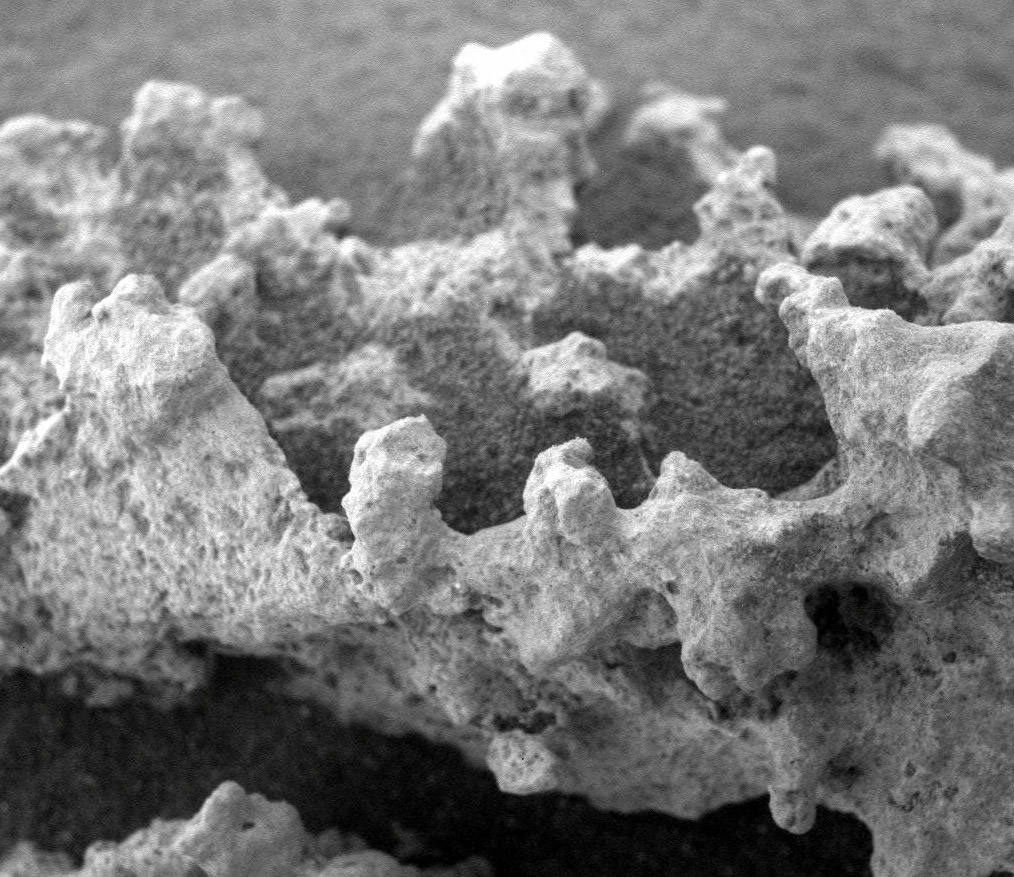
When analyzed by Spirit’s mini-TES (Mini-
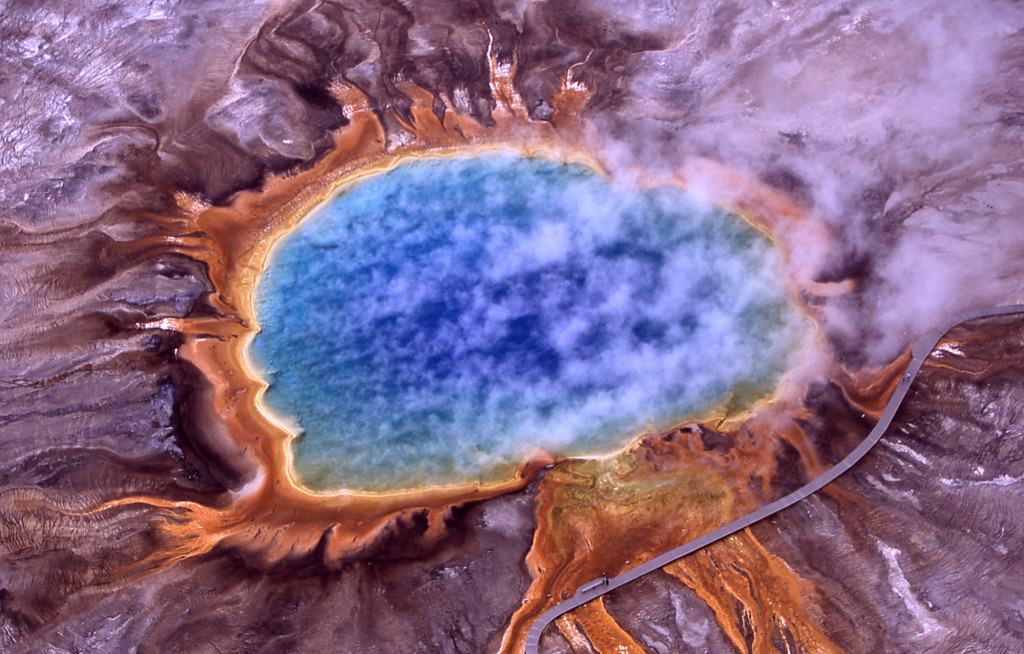
Both at Yellowstone, the Taupo Volcanic Zone in New Zealand and in Iceland, heat-loving bacteria are intimately involved in creating curious bulbous and branching shapes in silica formations that strongly resemble the Martian cauliflower rocks. New research presented at the American Geophysical Union meeting last month by planetary geologist Steven Ruff and geology professor Jack Farmer, both of Arizona State University, explores the possibility that microbes might have been involved in fashioning the Martian rocks, too.
A sizzling visit to El Tatio’s geysers
The researchers ventured to the remote geyser fields of El Tatio in the Chilean Atacama Desert to study an environment that may have mimicked Gusev Crater billions of years ago when it bubbled with hydrothermal activity. One of the driest places on Earth, the Atacama’s average elevation is 13,000 feet (4 km), exposing it to considerably more UV light from the sun and extreme temperatures ranging from -13°F to 113°F (-10° to 45°C). Outside of parts of Antarctica, it’s about as close to Mars as you’ll find on Earth.
Ruff and Farmer studied silica deposits around hot springs and geysers in El Tatio and discovered forms they call “micro-digitate silica structures” similar in appearance and composition to those on Mars (Here’s a photo). The infrared spectra of the two were also a good match. They’re still analyzing the samples to determine if heat-loving microbes may have played a role in their formation, but hypothesize that the features are “micro-stromatolites” much like those found at Yellowstone and Taupo.
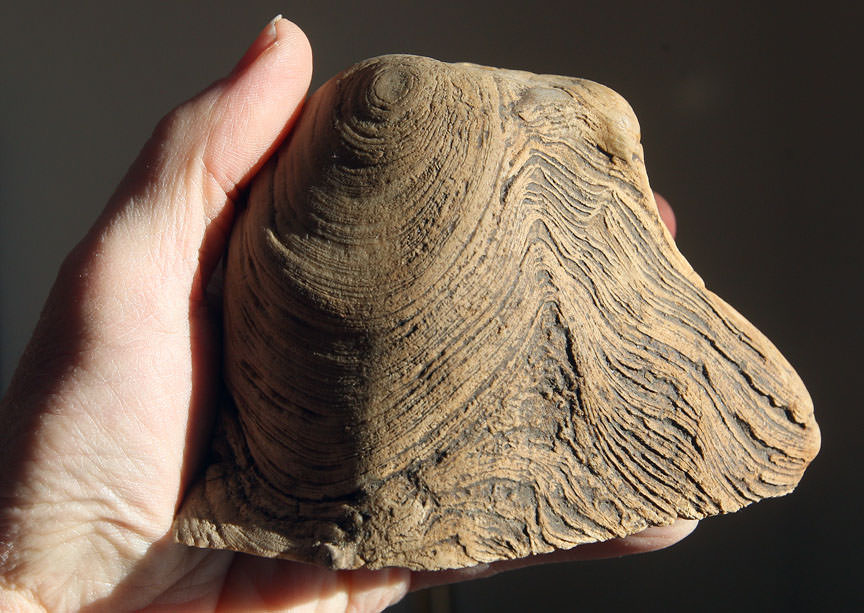
Stromatolites form when a sticky film of bacteria traps and cements mineral grains to create a thin layer. Other layers form atop that one until a laminar mound or column results. The most ancient stromatolites on Earth may be about 3.5 billion years old. If Ruff finds evidence of biology in the El Tatio formations in the punishing Atacama Desert environment, it puts us one step closer to considering the possibility that ancient bacteria may have been at work on Mars.
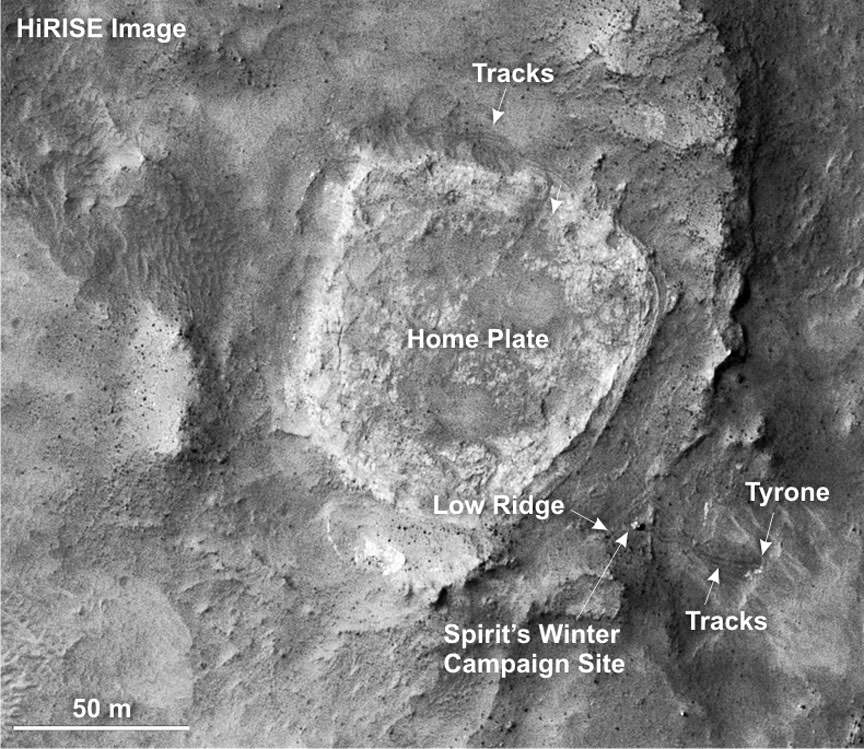
Silica forms may originate with biology or from non-biological processes like wind, water and other environmental factors. Short of going there and collecting samples, there’s no way to be certain if the cauliflower rocks are imprinted with the signature of past Martian life. But at least we know of a promising place to look during a future sample return mission to the Red Planet. Indeed, according to Ruff, the Columbia Hills inside Gusev Crater he short list of potential sites for the 2020 Mars rover.
More resources:
- Steve Ruff paper comparing El Tatio with an early hot springs environment in Gusev Crater
- Spirit Rover raw image archive
- Details about the Spirit’s discovery of silica

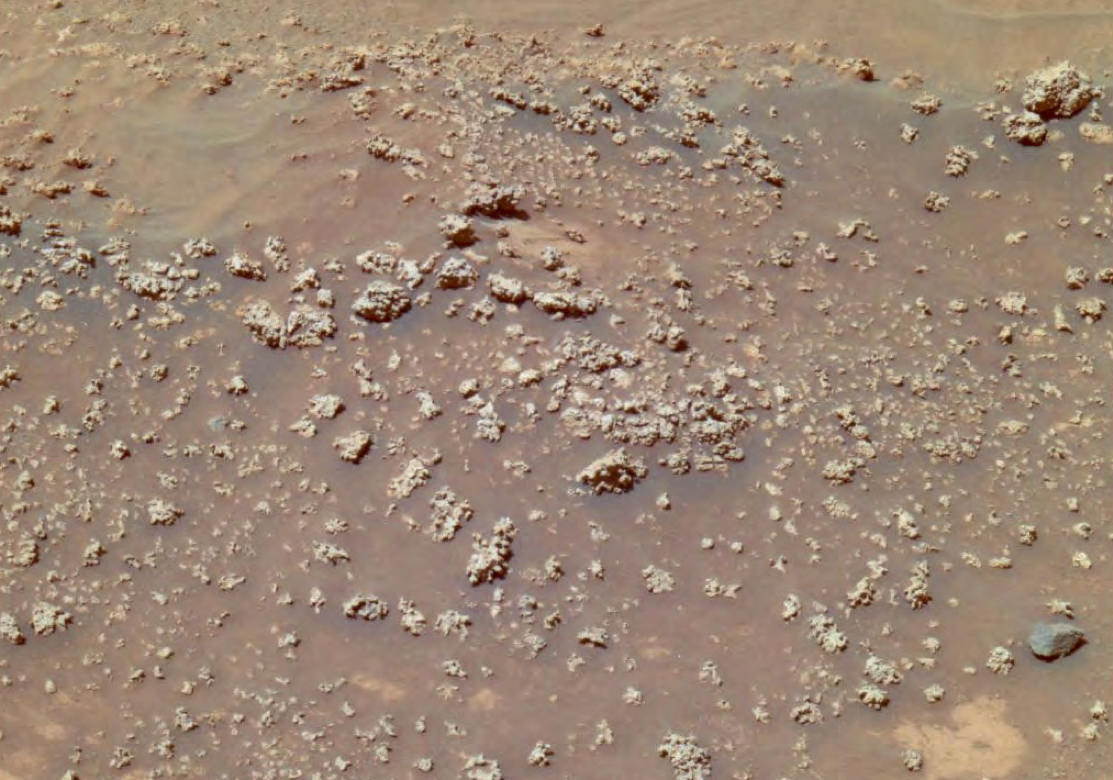
Did you catch the NOVA program on PBS, “Life’s Early Start”?
http://www.thirteen.org/programs/nova/lifes-rocky-start/
The details in the video about how micro organisms on the early earth changed the chemistry of the entire planet and left signatures that have lasted billions of years, is quite encouraging!
Fossilized microbial mats may have already been found on Mars?
http://www.astrobio.net/news-exclusive/potential-signs-ancient-life-mars-rover-photos/
IF Mars had seas where a microbial explosion of life occurred and photosynthesis filled the atmosphere with free oxygen and that oxygen bonded with iron, it would form iron oxide or rust.. ingredients for a red planet phase?
We’re under a high press. sys. tonight on the left coast, with crystal clear skies overhead! YIPPEE and YES! It’s been cloudy for months so this is definitely a welcome break! Tonight’s viewing will include Mars?
Last night more than made up for two months of clouds and rain? I was up until 2:30 a.m. counting stars! Here come the springtime galaxies! YES! I got so excited and busy with those, that I totally forgot to take a look at Mars! Duh…
This sure looks like the smoking gun so it is only a matter of time before we will prove that there was (or still is) life on Mars thanks Bob long time no see …
It is hard to tell from a conference abstract, but I don’t see any work in how to exclude non-biological conflating structures. They call the structures “microstromatolites” but have yet to make the case for biological production to begin with. “Microstromatolites” as such has an old scientific ancestry, but I don’t know how its current status is.. [ http://www.geol.ucsb.edu/faculty/awramik/pubs/WALT7923.pdf ]
Far more interesting, in my opinion, was Noffke’s putative MISS identification at Gale. She lists 3 different sets of similarities (macroscopic morphology, spatial associations, and temporal succession) with Earth fossils that they fulfill, and a complete list of tests that Earth fossils have to check to be deemed true positives. Unfortunately microscale analysis is among the test criteria… [ http://www.astrobio.net/news-e… ; http://online.liebertpub.com/d… ]
But of course this is interesting too, and two outstanding putative fossil finds even more so!